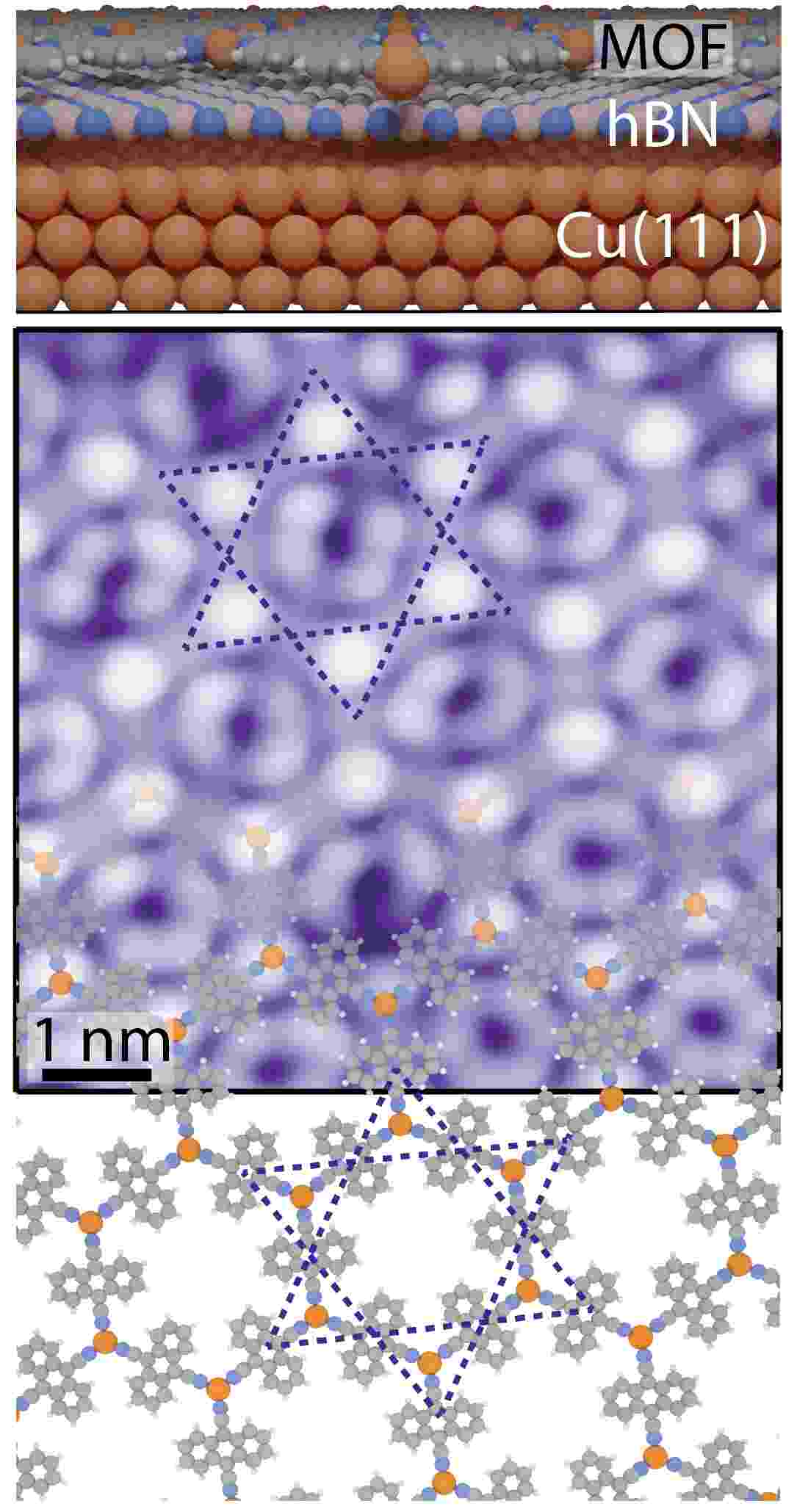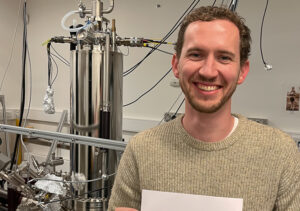THE LATEST
Switching a 2D metal-organic framework from insulator to metal: Exploring unusual conductive behavior

Introduction:
In a remarkable achievement, an Australian-led study has discovered unexpected insulating behavior in a newly developed atomically thin material, with the ability to toggle between conducting and non-conducting states. The study sheds light on the intriguing phenomenon of Mott insulators and their potential applications in electronic devices.
Understanding Mott Insulators:
Materials exhibiting strong electron-electron interactions often exhibit peculiar properties, such as the ability to act as insulators despite their expected conductivity. These insulators, known as Mott insulators, occur when electrons become "frozen" due to repulsion from nearby electrons, impeding the flow of electric current.
The Role of Metal-Organic Framework (MOF):
Led by FLEET at Monash University, the study explores a Mott insulating phase within a 2D metal-organic framework (MOF). MOFs are highly versatile materials composed of organic molecules and metal atoms, offering atomic-scale precision and a wide range of properties.
The Unique Geometry of the MOF:
The key aspect of the MOF investigated in this study is its star-shaped, or kagome, structure. This geometric arrangement enhances the influence of electron-electron interactions, leading to the formation of a Mott insulator.
Controllable Conductivity:
The team constructed the star-shaped kagome MOF using a combination of copper atoms and 9,10-dicyanoanthracene (DCA) molecules. The material was grown on a hexagonal boron nitride (hBN) substrate on a copper surface. Through meticulous scanning tunneling microscopy and spectroscopy, unexpected energy gaps characteristic of an insulator were observed.
Confirmation of Mott Insulating Phase:
To confirm the presence of a Mott insulating phase, the researchers compared experimental results with dynamical mean-field theory calculations. The remarkable agreement between theory and experiment provided conclusive evidence of the existence of a Mott-insulating state within the MOF.
Switching the Material:
The authors managed to manipulate the electron population within the MOF by altering the chemical environment of the hBN substrate and applying electric fields from a scanning tunneling microscope tip. By removing some electrons from the MOF, the repulsion between the remaining electrons decreased, resulting in the material transitioning from an insulator to a conductor.
Potential Applications:
The ability to toggle between Mott insulator and conductor states has significant implications for the development of novel electronic devices, including transistors. Replicating these findings within a device structure where an electric field is applied uniformly throughout the material could be a promising future avenue.
Diverse Perspectives:
The study drew upon the expertise of researchers from Monash University, the University of Queensland, and the Okinawa Institute of Science and Technology Graduate University in Japan.Collaboration among scientists from different institutions and countries enables diverse perspectives and multidisciplinary approaches in investigating and understanding complex materials and phenomena. 
Conclusion:
The discovery of a controllable Mott insulating phase within a 2D metal-organic framework offers exciting possibilities for the future of electronic devices. The ability to switch the material between conducting and non-conducting states by manipulating the electron population opens up interesting avenues for the development of next-generation electronic devices. Moreover, the exploration of this MOF provides valuable insights into strongly correlated phenomena, such as superconductivity, magnetism, and spin liquids. Further studies in these areas may unlock new frontiers of scientific understanding and technological advancements.
